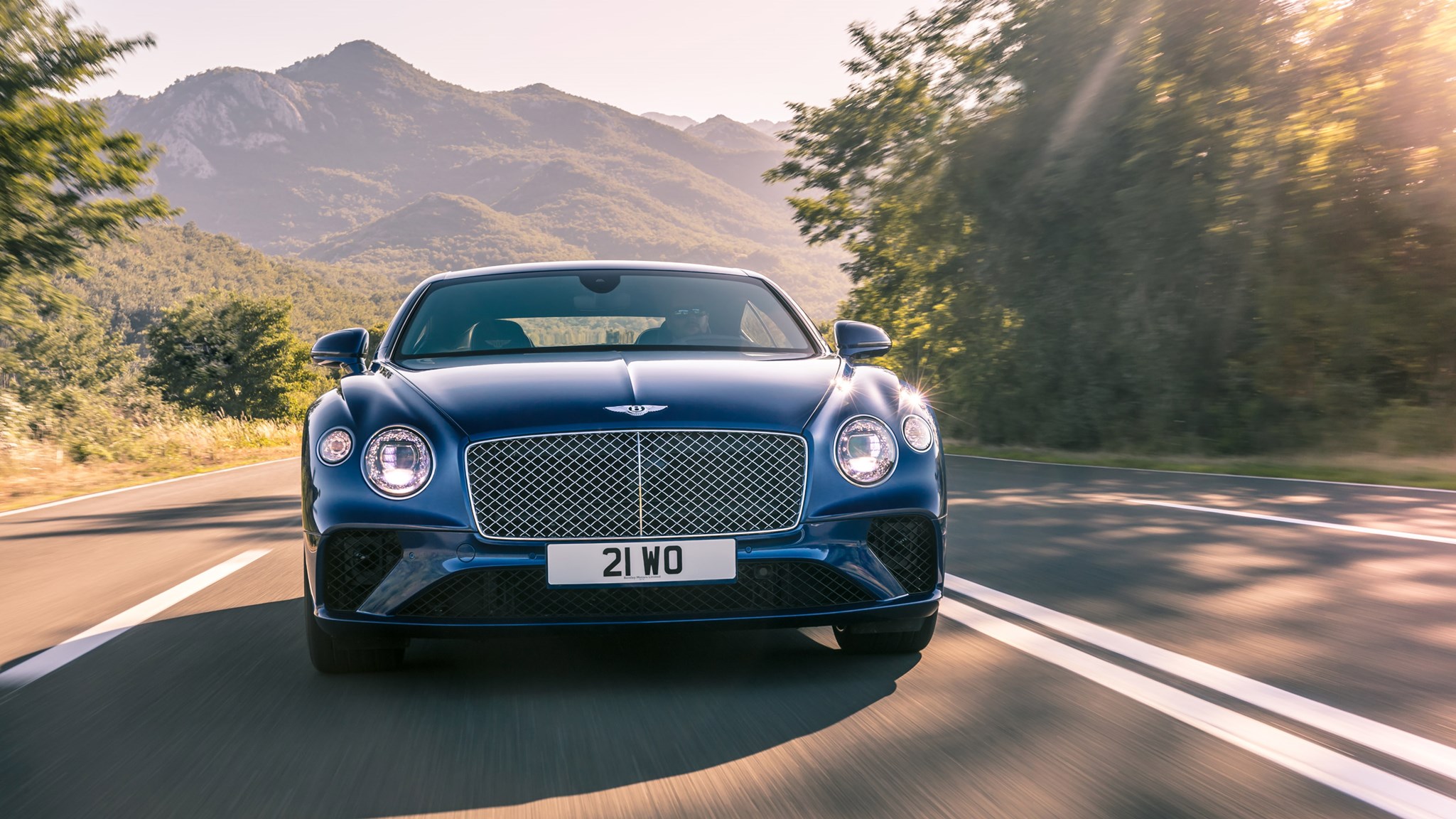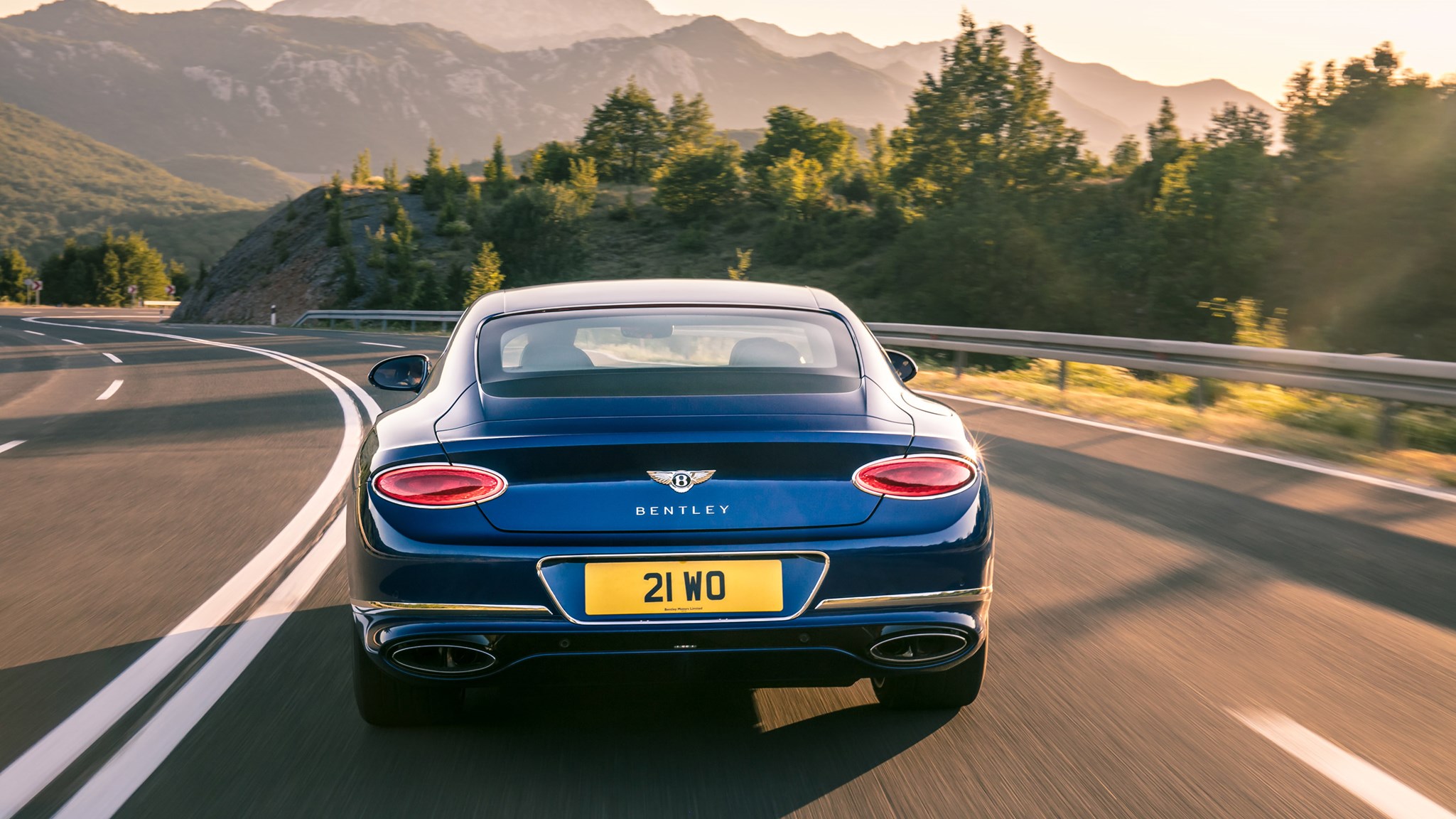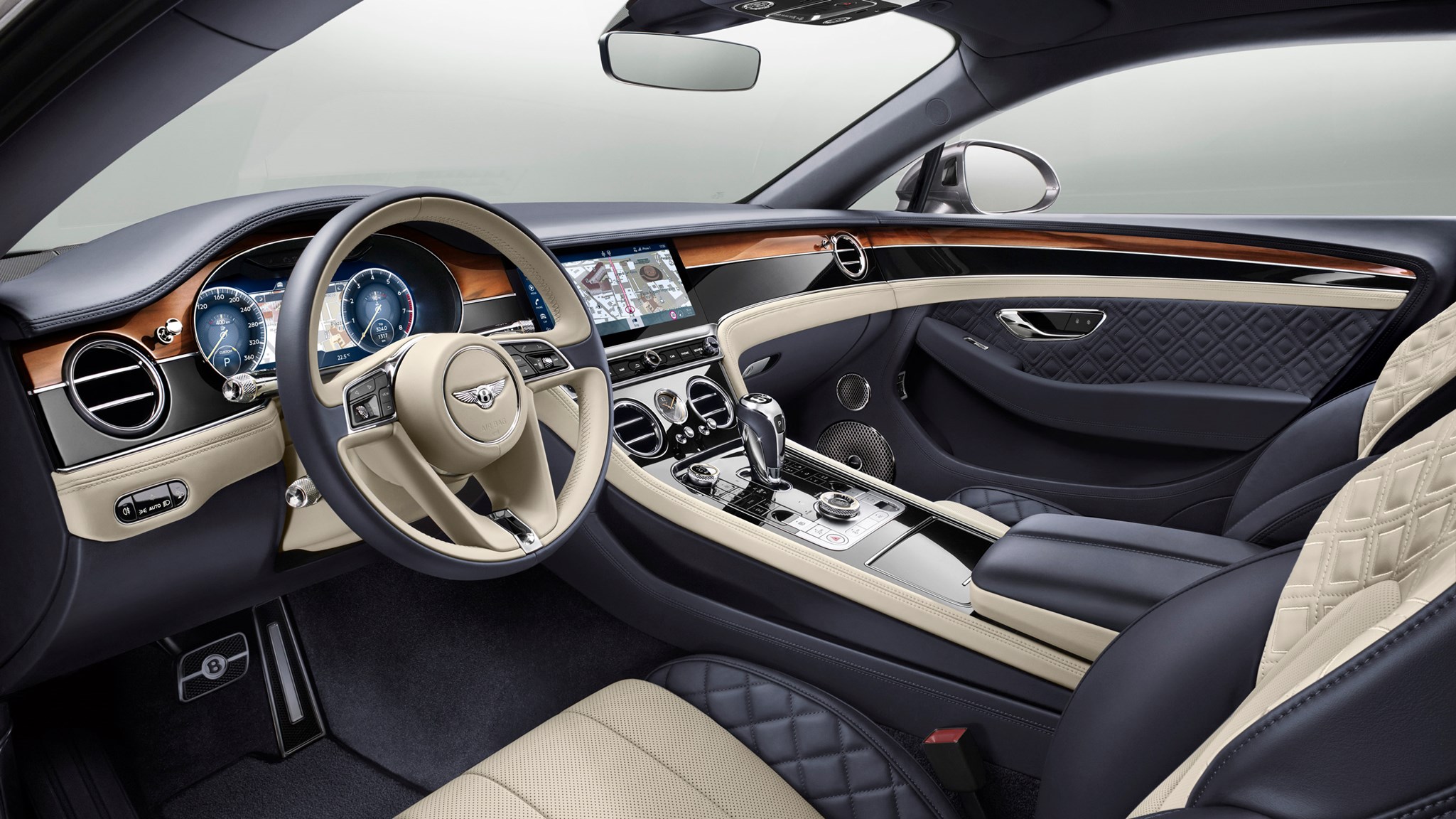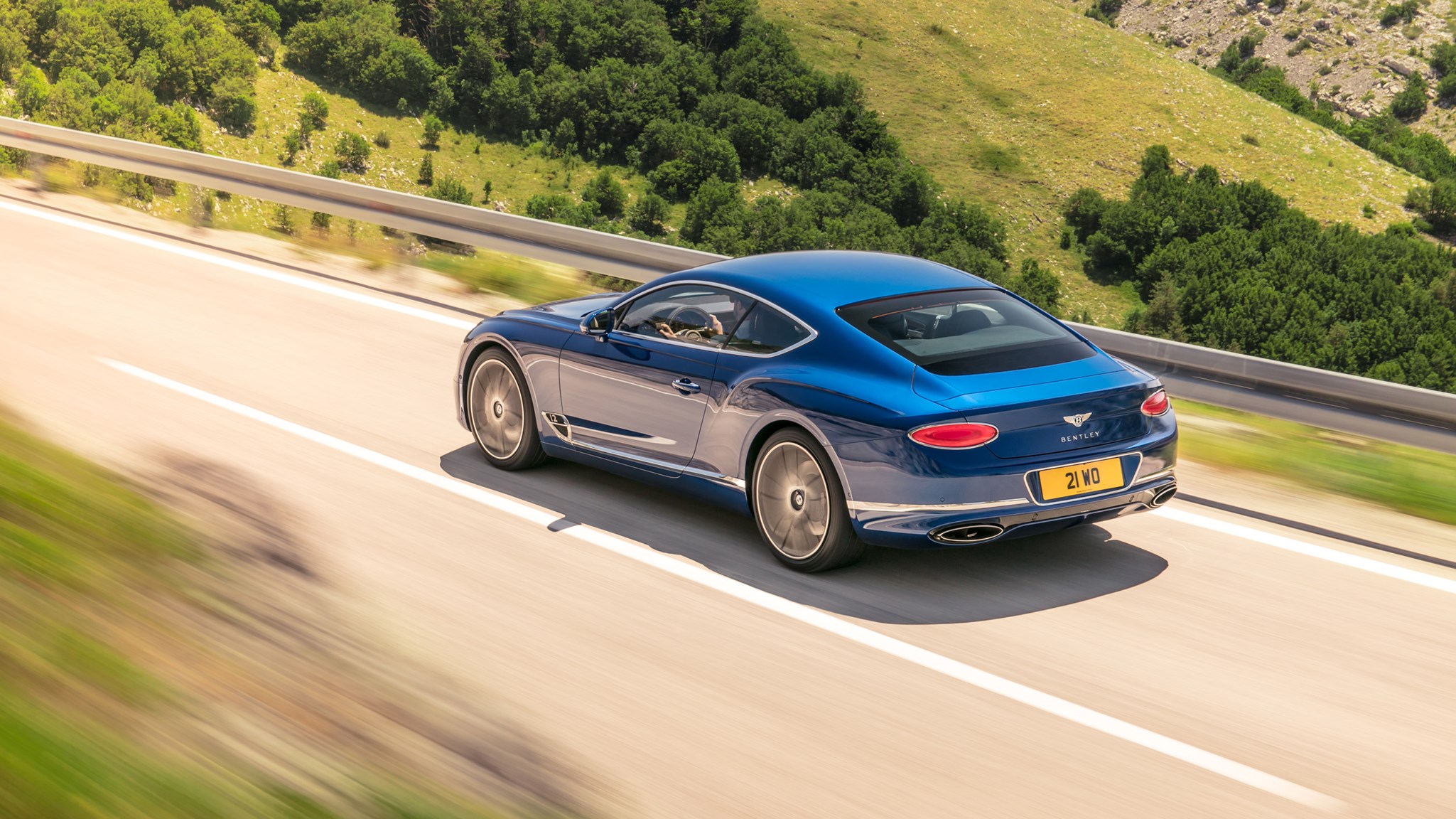► All-new third generation Continental GT
► Porsche-shared architecture
► New W12 engine offers sensational performance
It looks rather like the old Continental GT and has a surprisingly similar on-paper spec, complete with unusual (and compact) twin turbo 6.0-litre W12 engine. Yet the third generation of Bentley Continental GT is all new. What’s more, it feels new – and a whole lot better than the old bruiser.
It’s faster, sharper, more comfortable and even more luxurious. After the shock of the Bentayga, it’s also a relief to be report that here is a new Bentley that looks really good – longer of bonnet, shorter of front overhang, and sleeker than before.
2020 Bentley Continental GT V8 long-term test

The first Continental GT, launched in 2003, single-handedly quintupled Bentley sales. It was heavily revised in 2011. The new one starts life as a W12-powered coupé only. V8 and hybrid models will follow, as will higher performance and convertible versions.
New chassis co-developed with Porsche
The old Continental GT used an adapted version of the VW Phaeton platform. It was finely tuned and cleverly fettled, and always felt as solid as a bank vault. But when the roads got winding and the speeds got high, it felt more big saloon than two-door coupé.
This new architecture – some components are shared with the Porsche Panamera – was co-developed by Bentley from the beginning. The Crewe engineers got what they wanted, not what was available.
Improved agility
The engine is now 150mm further back (the old charmer was always nose-heavy). There’s four-wheel drive, as before, but the split is more rear-biased, improving handling and agility. We find four big air springs, which give astonishing suppleness. Bentley’s clever 48V electronic anti-roll system boosts ride suppleness and helps give superb body control. It similar to the system used on the Bentayga, and is a key reason why that top-heavy SUV handles with extraordinary élan.

The handling is a big improvement on before. In either the ‘Bentley’ or the ‘Sport’ driving modes, it is extraordinarily crisp and fluent for what remains a big and heavy car. In ‘Sport’, with stability control off, you can ever perform lurid tail slides, if you’re so inclined. Steering is sharp. OK, you’re not exactly behind the wheel of a light-footed 488 – or even a rival (less weighty) DB11. But for such a big GT, it is eye-openly and jaw-droppingly impressive. In ‘Comfort’ those big three-chamber air springs – with 60 per cent more volume than before – cushion road imperfections with the aplomb of a luxury limo.
Astonishing performance
A 2.2 tonne-plus car has no right to be this fast. Use the launch control – a sign of the car’s sporting ambitions – and you can sprint to 60 from rest in a breathless 3.6 seconds, the big W12 punching hard, the front tyres pawing at the tarmac to aid traction, and your innards trying to punch a hole through the backrest. Top speed is 207mph. It’s supercar fast, and feels it.

Drive is parcelled to the four wheels through an eight-speed twin-clutch ‘box. It’s a development of the Porsche PDK system, and it works surprisingly well. Shifts are near-instant, especially in ‘Sport’. In ‘Comfort’, it self-shifts seamlessly. Braking is by vast new discs, the biggest iron brakes ever fitted to a production road car – a corollary of all that speed and all that weight.
While the performance and driving élan were a surprise, the quality of the cabin and the finish of the body were not. The aluminium body panels are ‘super formed’ by heating the alloy to 500degC before shaping, allowing for more complex and sharply defined body lines. It’s a beautifully sculpted and shapely beast, although I’m not sure about those Bentley-trademark doe-eye front lamps.
Svelte interior
The cabin has lashings of wood – no less than 10 square metres of the stuff – and leather (15 hides). It also has a pleasing array of connectivity and other tech, too. Particularly fetching is a new central ‘rotating display’ that can serve up a minimalist plank of varnished wood, three trad instruments or a large touchscreen, as you please. This is a nice piece of drama, never mind it costs an extra £4700. The rear seats, though beautifully finished, are best avoided. It’s a 2+2, at best.

New Bentley Continental GT: verdict
It’s the sheer bandwidth of ability that most impresses. On poor roads, or just tootling through town, the ride quality and quietness are astonishing. Those big air springs help to swallow holes; the clever electric anti-roll system gives superb body control. Yet twirl the drive controller around to ‘Sport’ and the exhaust note deepens, it burbles and barks, and suddenly you’re piloting a car that can accelerate, corner, brake and steer like no other big luxury car.
Some sports cars are faster (but not many), and some are more thrilling. Some GTs are more nimble and fleet of foot. But I can’t think of another GT that can so comfortably and quickly cover big distances and yet, when the bends start, still deliver such driving pleasure.